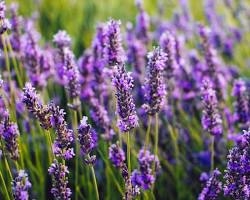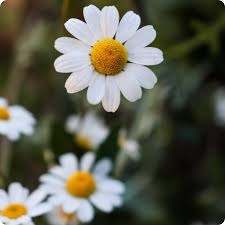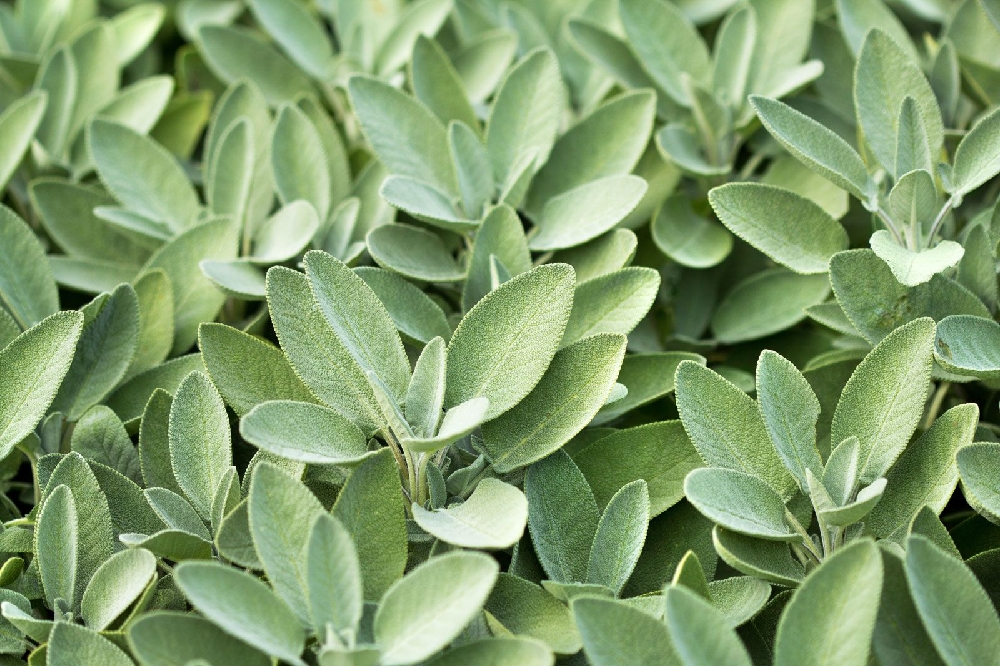




Day 7: A guide to home grown herbs
esther princess matthew@estherprincessmatthew739838
1 year ago
a guide on how to grow and care for your own medicinal herbs:
Choosing Your Herbs
Start with easy-to-grow herbs: Consider plants like chamomile, lemon balm, peppermint, or calendula.
Research your climate: Some herbs thrive in specific climates. Check if your chosen herbs are suitable for your region.
Consider your needs: Choose herbs that align with your health goals. For example, chamomile for relaxation or peppermint for digestion.
Planting
Choose the right location: Most herbs prefer full sun, but some can tolerate partial shade.
Prepare the soil: Ensure your soil is well-draining and rich in organic matter.
Planting methods:
Seeds: Sow seeds directly into the ground or start them indoors in seed trays.
Seedlings: Transplant seedlings from nurseries into your garden.
Root cuttings: Propagate some herbs by taking root cuttings.
Caring for Your Herbs
Watering: Water regularly, especially during dry periods. Avoid overwatering, as this can lead to root rot.
Weeding: Keep the area around your herbs free of weeds to prevent competition for nutrients and water.
Fertilizing: Most herbs don't require heavy fertilizing. A light application of compost or a balanced fertilizer can be beneficial.
Mulching: Apply a layer of mulch around your plants to help retain moisture and suppress weeds.
Harvesting and Drying
Harvest at the right time: Harvest herbs when they are at their peak, usually in the morning after the dew has dried.
Drying methods:
Air drying: Hang herbs in a warm, dry, and well-ventilated area.
Oven drying: Dry herbs in a low-temperature oven.
Dehydrator: Use a food dehydrator for efficient drying.
Using Your Herbs
Tea: Brew fresh or dried herbs in hot water.
Tinctures: Extract the medicinal properties of herbs using alcohol.
Oils: Infuse herbs in carrier oils for topical use.
Salves: Create healing salves using herbs and beeswax.
Extra Tips
Start small: Begin with a few easy-to-grow herbs and expand your garden as you gain experience.
Label your plants: Clearly label your herbs to avoid confusion and ensure proper identification.
Learn about herb interactions: Research potential interactions between herbs and medications.
Consult a healthcare professional: Always consult with a qualified healthcare provider before using herbs for medicinal purposes.
Remember: Growing your own medicinal herbs can be a rewarding experience. By following these guidelines and doing your research, you can create a thriving herb garden and harness the power of nature for your well-being.
cc: MedicalNewsToday
#LostBeautyArts
#WellnessArts
